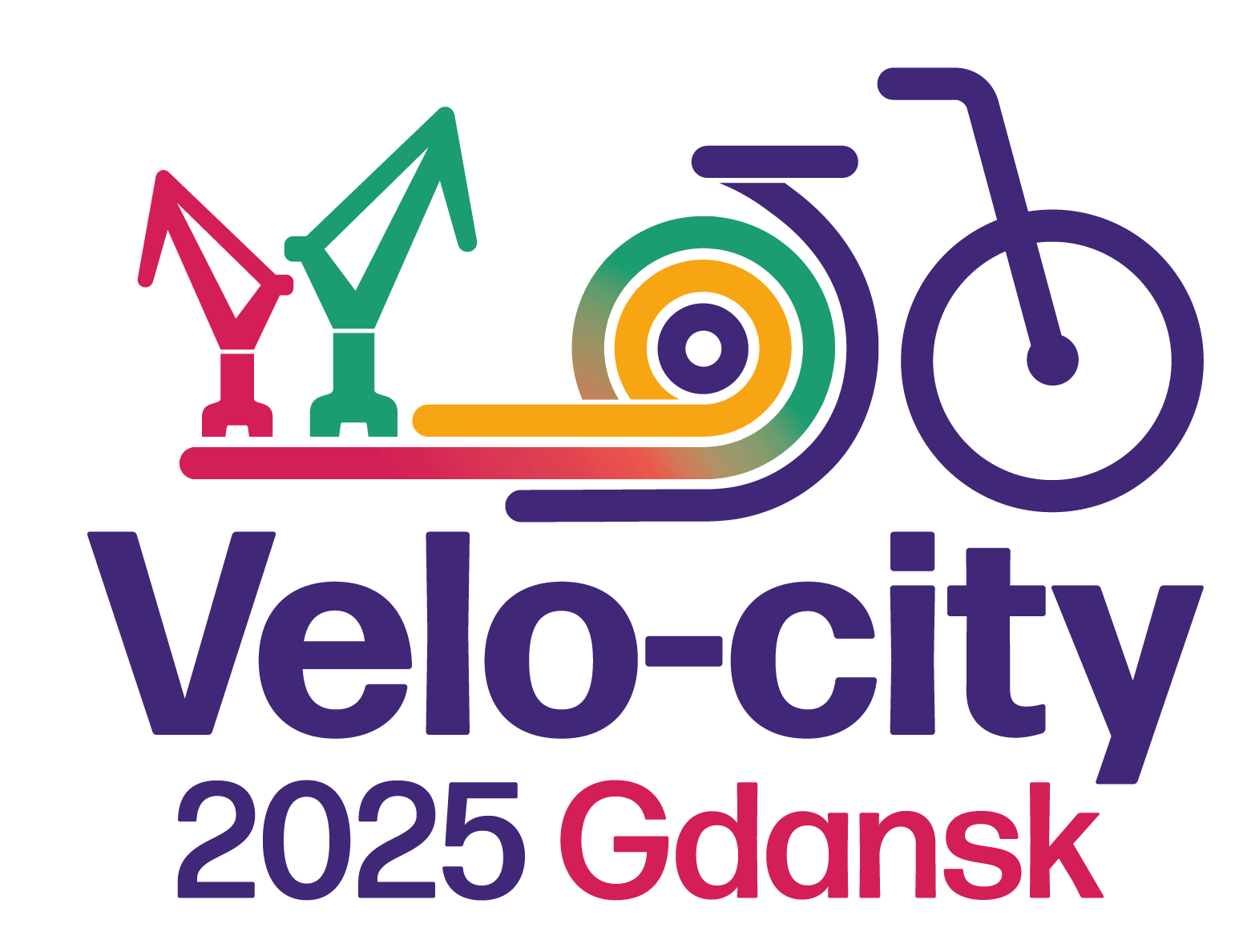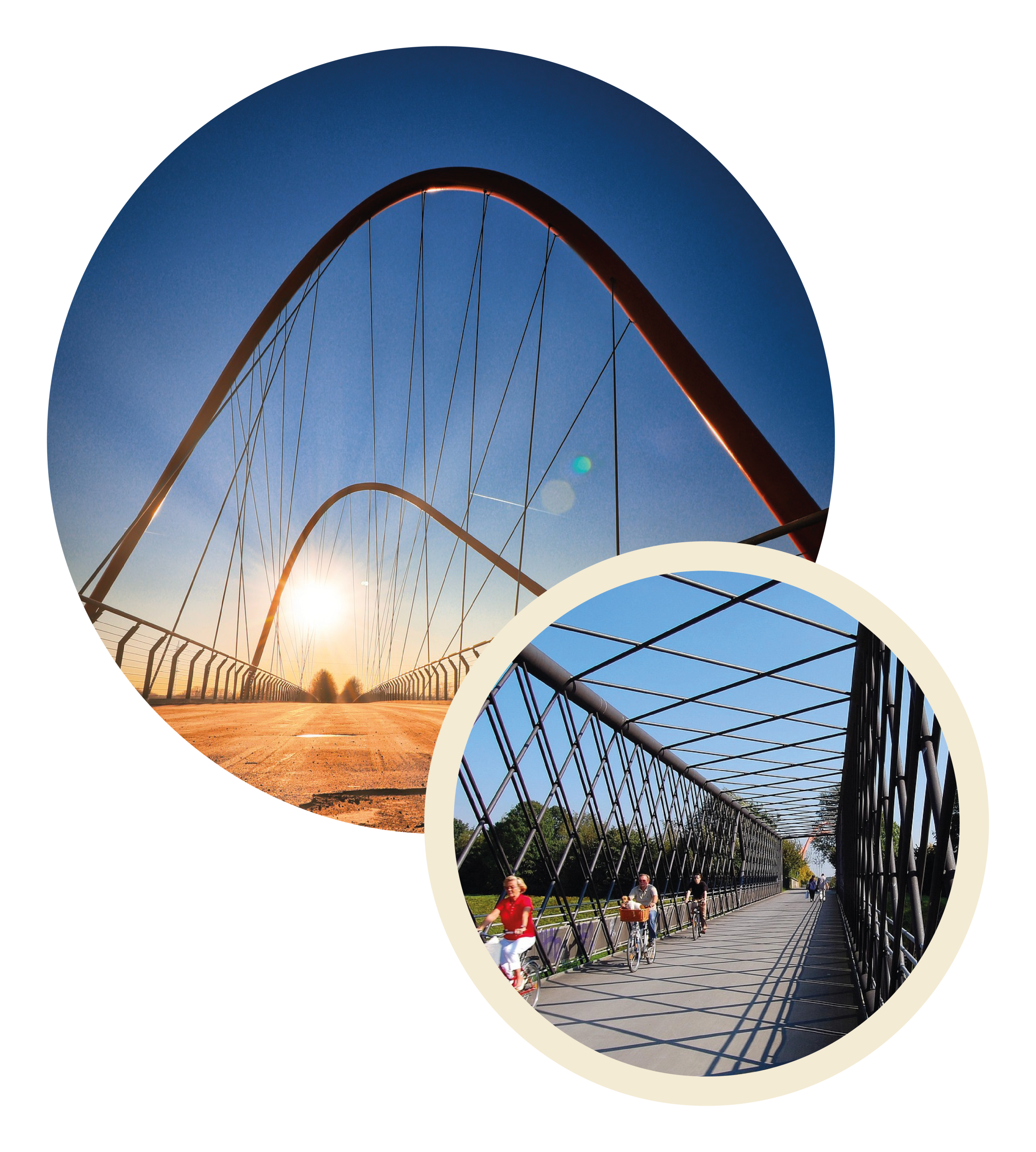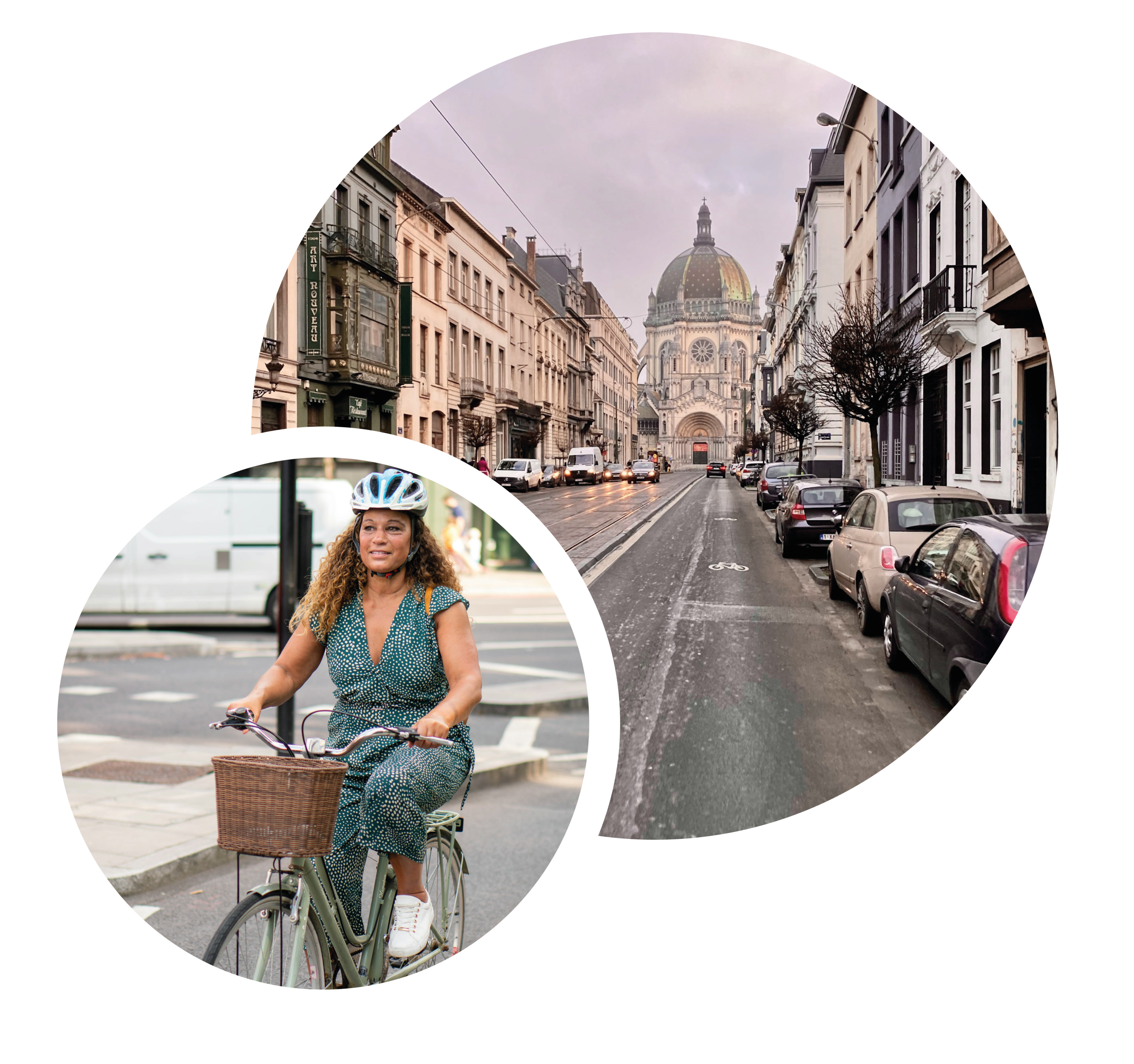

VELOCITY 2025 - GDAŃSK
HELLO! NICE TO MEET YOU


IMPROVING CYCLING EXPERIENCE IN GERMANY
Across Germany, we support cities and regions in strengthening their cycling infrastructure — always with a practical, hands-on approach and a focus on sustainable mobility.
One of our key projects took place in Gelsenkirchen. Commissioned by the City of Gelsenkirchen, we optimized the existing bicycle network using a variety of data sources, including traffic volumes, the availability of cycling infrastructure, and key cycling destinations. This data-driven approach allowed us to develop a more efficient and connected network that supports daily cycling.
True to our approach, we didn’t stop at the design. Once the optimized network was in place, we conducted a detailed inventory of the physical interventions needed to bring the network to life — from missing links to infrastructure upgrades.
The result: a practical and implementable roadmap for making Gelsenkirchen more bike-friendly — turning data and local goals into real-world action.
CYCLING JUNCTION NETWERK IN DENMARK
For the development of a digital bicycle node network covering all of Denmark, we combined high-quality datasets with valuable local insights. This ambitious project brought together data-driven design and on-the-ground expertise to create a solid foundation for a nationwide cycling network.
We organized a series of in-person workshops with local officials, whose deep knowledge of their regions helped shape a practical and realistic design. The input we received was of exceptional quality and played a key role in refining the digital concept.
The result is a comprehensive digital bicycle node network that empowers local governments to implement and signpost the routes on the ground. It’s a future-proof framework that supports safe, accessible cycling across the entire country.


CYCLING IN THE NETHERLANDS
Cycling is deeply woven into the Dutch life. With 58% of the population cycling for leisure, the Netherlands stands as a global leader in both everyday and recreational cycling . However, the increasing number of cyclists presents a significant challenge for local and national authorities: how to keep cycling safe, accessible, and appealing for everyone.
At Folkersma, we address this challenge head-on. Our approach combines high-quality data with practical, hands-on implementation. We’ve developed comprehensive datasets that help governments and planners make decisions about cycling mobility. Beyond data, we’ve been designing and implementing cycling route networks across the country.
In fact, Folkersma has been involved in the development and construction of approximately 80% of the cycling networks in the Netherlands. Our commitment doesn’t end there; we continue to maintain most of these networks to this day, ensuring they remain safe and user-friendly.
By integrating data-driven insights with local knowledge and a practical approach, we help ensure that cycling in the Netherlands remains not only a cherished tradition but also a sustainable mode of transport for the future.
COMPLETING THE CYCLING JUNCTION NETWERK IN BELGIUM
In the heart of one of Europe’s busiest metropolitan cities, we had the opportunity to develop of a brand-new bicycle node network in Brussels. This project presented unique challenges due to the complex urban environment, but also great opportunities to improve cycling infrastructure in a city where demand for safe and accessible cycling options continues to grow.
A key element in the success of this project was the involvement of a dedicated group of local volunteers. They tested the concept network extensively and provided valuable feedback based on their own experience. Thanks to their input, we were able to make an additional quality leap in the design process. Local knowledge proved to be essential in navigating the intricacies of the city’s cycling landscape.
The result is a well-designed bicycle node network that enables both residents and visitors to safely and enjoyably explore Brussels by bike. The network is enhanced by several themed routes, offering cyclists a diverse and enriching experience as they navigate through the city’s cultural, historical, and green highlights.
This project showcases how collaboration, local expertise, and thoughtful design can come together to create meaningful improvements in urban mobility.

